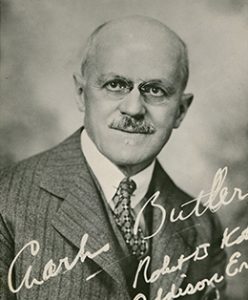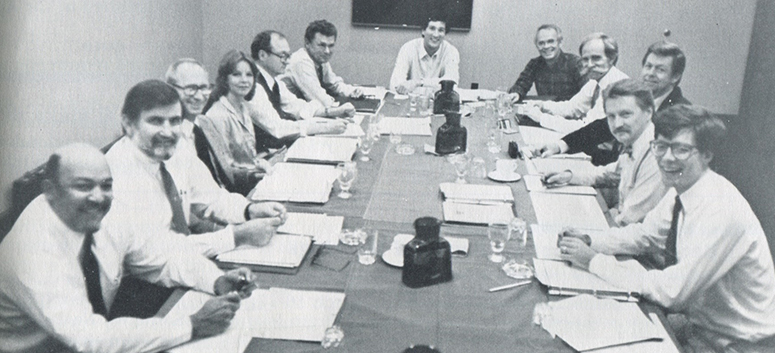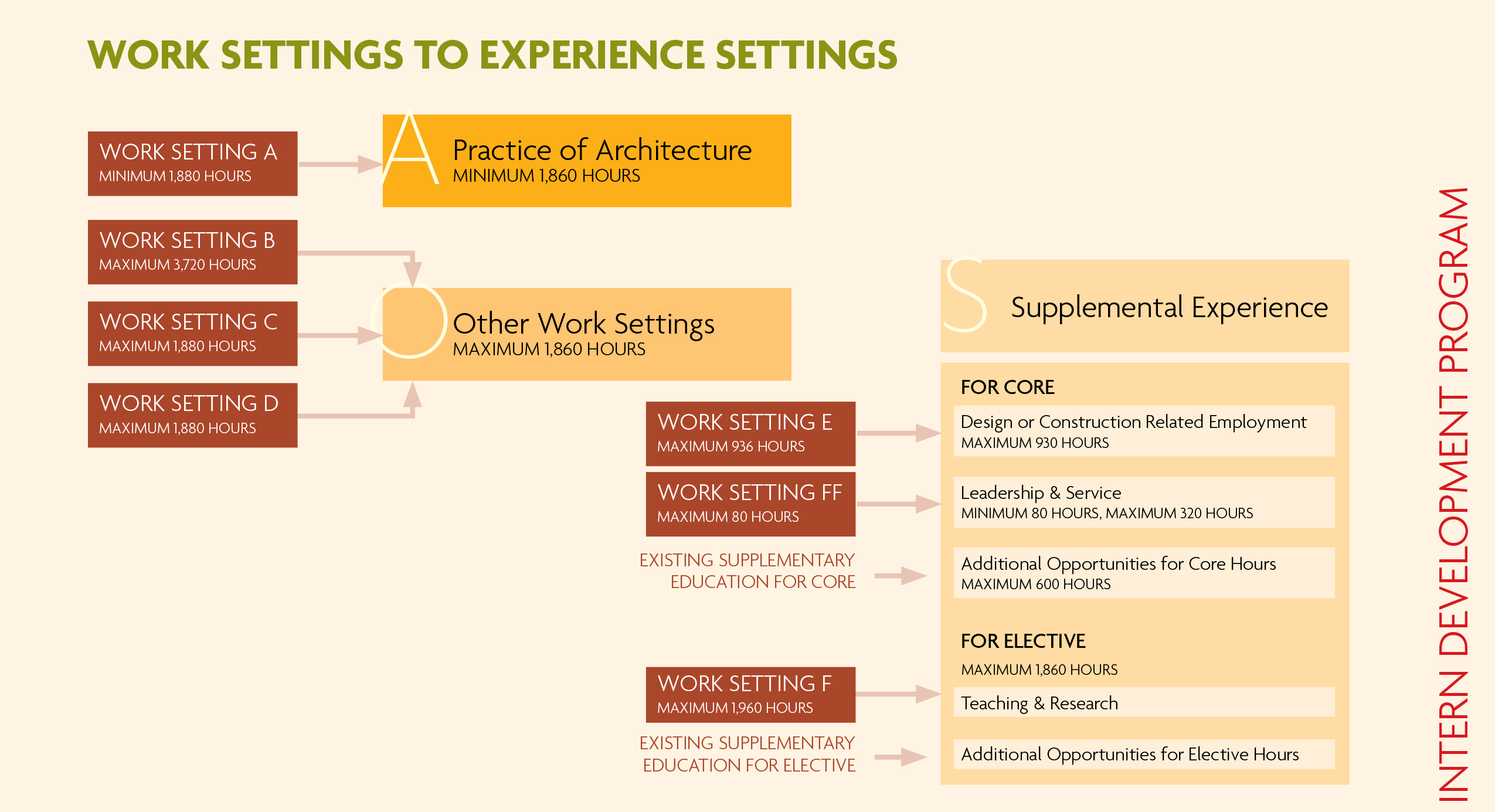Experience
Despite several attempts at a mentorship program in the 1930s and 1950s, NCARB didn’t introduce a national experience program until 1977, when the Intern-Architect Development Program launched. The most recent iteration, the Architectural Experience Program, launched in 2016.
VIDEO: HISTORY OF EXPERIENCE
Learn more about the evolution of the experience program, from the early Mentorship Plan to the launch of the AXP.

Implementing the Experience Program
The Beginnings of Mentorship
Long before it was an official requirement for licensure, apprenticeship was the primary way architects passed on their knowledge and training to the next generation. But as new colleges were founded in the late-1800s, more would-be architects began to replace long office apprenticeships with academics.
By the time NCARB was formed, the nation’s newly created licensing boards were finding that many of their applicants were missing the real-world experience necessary to practice safely and successfully.
“I know that the great majority of students who enter the architectural department of the universities have had no previous training and no environment that would even give an idea of what architecture really meant. … When they graduate, they are only ready to begin.”
In 1929, NCARB’s members voted to recommend at least three years of practical experience prior to licensure. In an attempt to ensure those years of experience were somewhat uniform in terms of skills and competencies learned, NCARB partnered with the American Institute of Architects (AIA) and the Association of Collegiate Schools of Architecture (ACSA) in 1932—with additional assistance from the Beaux Arts Institute—to create the Mentorship Plan.

“The National Council of Architectural Registration Boards occupies the key position in developing a plan for the proper preparation of practice.”
Inspired by Emil Lorch’s 1928 program for graduates of the University of Michigan, the Mentorship Plan’s goal was to match new graduates with established architects for a three-year training period. Mentors were expected to guide candidates through the ins and outs of everyday practice to ensure they built up the necessary skills. Hampered by the Great Depression and World War II, the initiative was sidelined due to difficulty in finding able and cooperative mentors, and the program was put on pause.

Implementing IDP
The discussion around the gap between graduation and licensure surfaced again in the 1950s, following an AIA-sponsored study regarding architectural education. The result was the “Architect-in-Training” program, which was approved by NCARB’s membership in 1955. Under the program, candidates would maintain a logbook of experience to be signed off on by a mentor. But both licensure candidates and their employers were slow to take on the time-consuming task of updating the logbook, and the program fizzled out.
Finally, in the early-1970s, NCARB, AIA, ACSA, NAAB, and the newly formed organization that would become the American Institute of Architecture Students (AIAS) formed a joint Training Committee to evaluate the problem and recommend a solution. The result was the Intern-Architect Development Program (IDP).
Basing its requirements on a traditional three-year internship, the new program broke down experience into 16 training areas, grouped into four concentrations: design and construction documents, construction contract administration, management, and related activities (such as professional and community service). Candidates—called interns at the time—would be required to record 5,600 hours of experience in order to be eligible to sit for the NCARB examination.

Following a successful trial in Colorado, New Jersey, and Texas, the IDP launched nationally in 1977. Mississippi became the first state to adopt the program in 1978, and Dwight Dobberstein became the first person to successfully complete the program in 1979.
To encourage more boards to adopt the program, NCARB staff worked with “IDP Coordinators” to promote the program across the United States.

Program Updates and Overhauls
Throughout the 1980s and 1990s, NCARB continued promoting the IDP. In 1991, the word “architect” was officially dropped from the title, and in 1996, completion of the IDP became a requirement for NCARB certification. By 2000, all but six jurisdictions required the IDP for licensure.
“A comprehensive internship is essential in order to acquire and reinforce education, discipline, integrity, judgment, skills, knowledge, and quest for learning that must serve the registered architect for a lifetime.”
When Building Community: A New Future for Architectural Education and Practice (more commonly known as the Boyer Report) was published in 1996, NCARB began to consider ways to improve the IDP. With input from the 2001 and 2007 practice analyses, one area of focus was digitization: In 2004, NCARB and the AIA partnered to release the Emerging Professionals Companion, an online resource that guided individuals working toward licensure and beyond. And in December 2008, NCARB launched a new online reporting tool, concurrent with a rule requiring experience to be reported within six months of performing the work.
From 2009 to 2012, NCARB released phases of IDP 2.0, featuring realigned experience categories, a new definition of direct supervision, “experience hours” instead of “training units,” and more.

Launching the AXP
Just as candidates began to settle into the new program, NCARB conducted another practice analysis. Drawing on feedback from the 2012 Practice Analysis, a fresh round of IDP updates were proposed, ultimately amounting to a complete overhaul of the IDP that would take place in two phases.

First, NCARB would streamline the IDP. The practice analysis had found no justification for the additional “elective” hours of experience the program required, and cutting them brought the program’s required hours from 5,600 to 3,470. Next, the reporting process was simplified. Experience settings were consolidated, and work settings were reorganized. Plus, the refreshed program would feature a new name, replacing the “intern” title: the Architectural Experience Program (AXP).

Note:
-
"The Making of An Architect." 1938-1939 Handbook for Architects and Builders, Illinois Society of Architects.